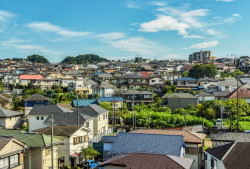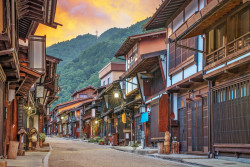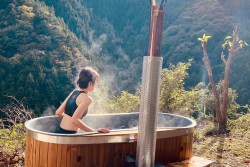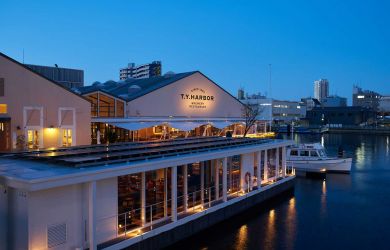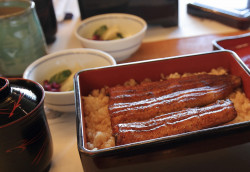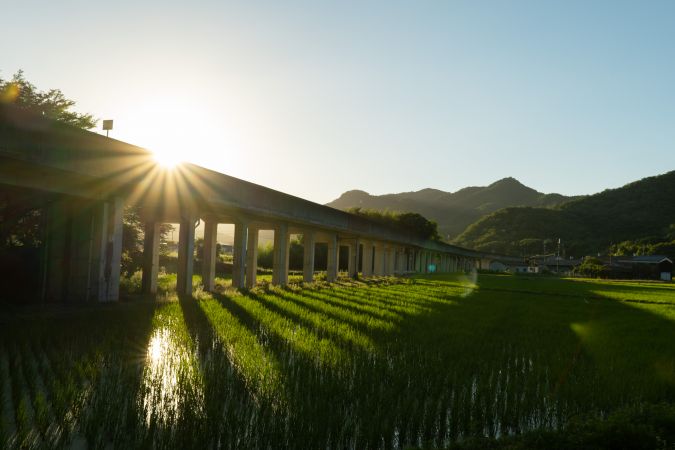
February 21, 2023
Kamigori Travel Guide
Getting off the beaten path to find peace and beauty in Hyogo
When Japan’s easing of borders finally allowed me back in the country earlier this year after spending three years away, I had big ideas for what I wanted to do. I was going to visit all those picture-perfect locations that had taunted me on Instagram and Pinterest during the many, many lockdowns the UK struggled through. The flower fields of Hokkaido, the sand dunes of Tottori, Takachiho Gorge in Miyazaki, all of these places were on my list. What I didn’t expect is that I would end up in a town I had never heard of, with no tourism industry to speak of, and yet feel like I was immersed in a truly new experience.
As I had come back to Japan on a working holiday visa, I felt that there was no better opportunity to travel around the country. Using an online site that allowed me to find and connect with host families, I wound up spending three weeks in a small town located in Hyogo called Kamigori.
Kamigori is one of these smaller Japanese towns that is slowly seeing a reduction in its population, another victim of Japan’s great exodus from rural communities to the cities. It lies about an hour away on the train from Kobe and 30 minutes from Himeji. Whilst not actually being that far from these cities, it felt distinctly separated and rural.
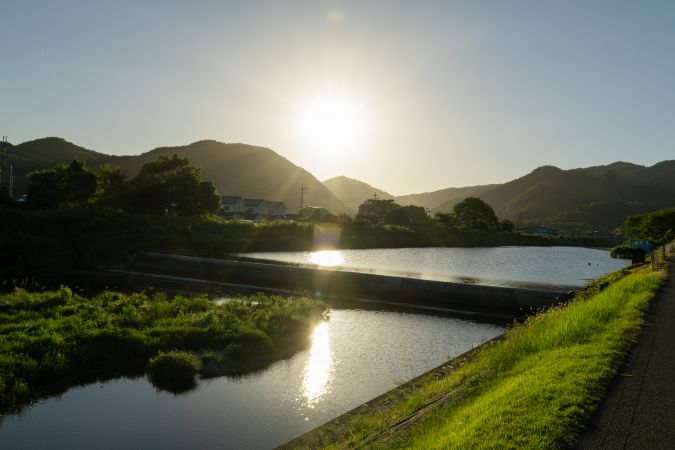
Nestled between multiple mountains with a great river running through it, Kamigori is a rather tranquil location and I was worried upon arrival that I would find myself bored quite easily and eagerly wanting to move on. However, that did not end up being the case. I had fallen into the trap of turning every vacation, every destination, into a great big bucket list.
Having lived in Japan for two years before, and upon returning this year, I always wanted to fill my time here to the brim with experiences. I wanted to hike mountains, go skiing, head to the beach, go dancing, visit every site, go to every meet-up, and take up every offer to hang out, all of which is great and fun, but I found myself becoming burnt out.
I was partaking in a form of toxic vacationing, worrying that if I didn’t squeeze in as much as possible I would look back and have regrets. In Kamigori I was finally granted the time and space to just be still, and once I did just that, I realized how much this town had to offer.
I got to stay in a beautiful traditional Japanese tatami room surrounded by a sumptuous garden, a room I probably would not have been able to afford elsewhere on my budget travels. In the afternoons I would take a bike and cycle to the center of town, this becoming one of my favorite things to do during my time there.
I would often stop to watch the cranes wading through the rice fields, see the clouds building up above the mountains, and see the trains snake their way through the fields. When I took a different path once, I came across the entrance to a shrine up the mountain where I found bats sleeping in the rafters, and simply took in the ambiance with no crowds bustling through. Just me, alone in the peace and quiet.
That isn’t to say that there is nothing else to do in the town, that was not the case. The town is home to a number of artisans and, thanks to the enthusiasm of my host family, I was given the opportunity to go meet them and learn about their craft.
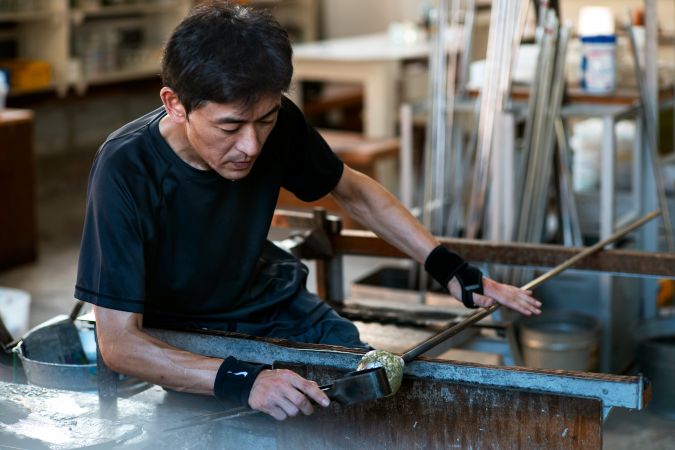
In the center of the town is the celebrated glass maker, Kawahara Yuzo, creator of stunning glassware characterized by its deep layering of color and his use of gold and silver leaf for decor. He toils away in relentless heat, with the roasting sun outside paled in comparison to the heat coming from his furnace. He works methodically, shaping and teasing balls of molten glass into beautiful, intricate cups and vases. One of his pieces sits beside me as I write this, a generous gift.
Another artisan lives just a short drive away, this time the acclaimed Katana-kaji (swordsmith), Hayamitsu Kikyo. His workshop sits at the edge of a forest, like something out of the tales of old. It had always been a dream of mine to see how katana blades are forged given the meticulous care that goes into making them one of the sharpest and most respected blades in the world. Hayamitsu showed me how he heats the metal and folds it, beating it to create the layers that make a katana blade so strong.
Both of these craftsmen offer classes and sessions for interested individuals to try their hand and learn more about what goes into the making of these beautiful items.
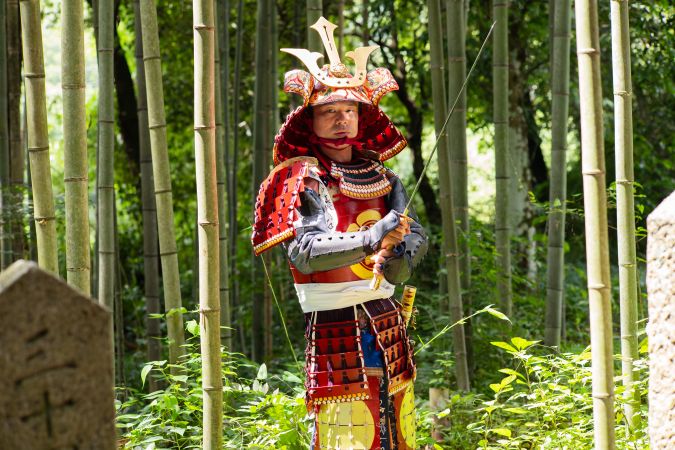
One thing I admire most about towns such as Kamigori is the community spirit they have, and Kamigori has a particular way they bring together the young, old and all those in between. A handful of the townspeople recreate samurai yoroi (armor) using craft material left over from obi and kimono fabric.
Here, the elders of the community pass down their skills to the local students who come to assist as they create numerous yoroi, some of which are designed for children. Then, in November each year, a festival is held where the community joins together, dons the replica yoroi, and celebrates their town history as the leaves turn red in the mountains surrounding them.
Many of the traditions that we associate with Japan come from towns like Kamigori. These ways of life are a deep part of the country’s culture, both past, and present. It saddens me to know that these towns are gradually fading away due to Japan’s overall population decline and people leaving for work only found in major cities.
Kamigori, and towns much like it, are just as much a part of the culture of Japan as Tokyo, Kyoto, and Osaka, so whilst they are still here I believe they deserve a look in, lest we lose this culture in the not-too-distant future.
